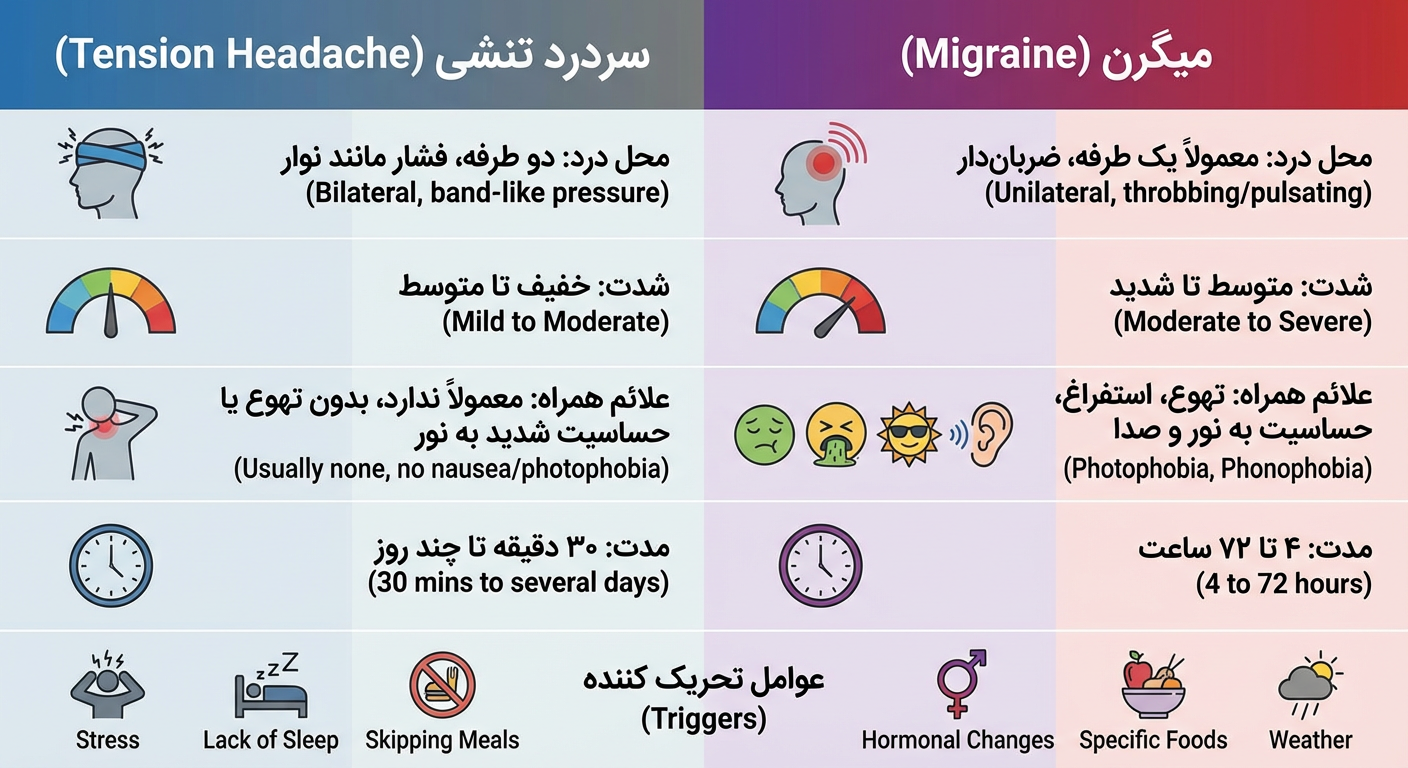## The Evolution of Patient Monitoring: A Historical Perspective
Introduction
Patient monitoring has become an indispensable tool inmodern healthcare, providing real-time data on a patient's vital signs andother physiological parameters. This information is crucial for clinicians toassess a patient's condition, make informed treatment decisions, and preventadverse events. The evolution of patient monitoring has been a remarkablejourney, marked by technological advancements and a growing understanding ofthe importance of continuous patient surveillance.
Early Beginnings: The Rise of Vital Signs Monitoring
The concept of patient monitoring can be traced back toancient times when physicians relied on physical examination and observation toassess their patients' health. However, the systematic monitoring of vitalsigns, such as heart rate, respiratory rate, blood pressure, and temperature,emerged in the 18th and 19th centuries.
In 1707, Sir John Floyer, an English physician, introducedthe "pulse watch," a device for measuring the pulse rate. This markeda significant step forward in patient monitoring, as it allowed for moreobjective and precise measurement of heart rate.
In the 19th century, the development of thermometers andsphygmomanometers further enhanced patient monitoring capabilities. Thesedevices enabled clinicians to accurately measure body temperature and bloodpressure, respectively, providing valuable insights into a patient's overallhealth status.
The Advent of Electronic Monitoring
The 20th century witnessed a revolution in patientmonitoring with the advent of electronic monitoring systems. These systemsreplaced manual monitoring methods, offering continuous and automated datacollection and display.
In 1950, the first commercial electronic patient monitoringsystem, the Offner Type II, was introduced. This system, developed by HermanOffner, utilized cathode ray tubes to display electrocardiogram (ECG)waveforms.
The 1960s saw the development of more sophisticated electronicmonitoring systems, incorporating additional parameters such as blood pressure,respiratory rate, and oxygen saturation. These systems were primarily used inintensive care units (ICUs) to monitor critically ill patients.
The Rise of Telemetry and Remote Patient Monitoring
The introduction of telemetry in the 1970s marked a new erain patient monitoring. Telemetry enabled the transmission of patient data frombedside monitors to central stations, allowing for remote monitoring ofpatients outside of the ICU setting.
This breakthrough paved the way for the development ofremote patient monitoring (RPM) systems, which utilize wearable devices orimplanted sensors to collect and transmit patient data wirelessly. RPM systemshave revolutionized patient care by enabling continuous monitoring of patientsin their homes or other ambulatory settings.
The Digital Age: Data Integration and Advanced Analytics
The digital age has brought about further advancements inpatient monitoring, with the integration of electronic health records (EHRs)and the application of advanced analytics.
EHR integration has streamlined data management, allowingclinicians to access patient monitoring data alongside other clinicalinformation, providing a more comprehensive view of a patient's health.
Advanced analytics have enabled the extraction of meaningfulinsights from patient monitoring data, allowing for the identification ofpatterns, trends, and early signs of potential complications. This informationis crucial for proactive care management and the prevention of adverse events.
The Future of Patient Monitoring: Personalized, Predictive,and Preventive
The future of patient monitoring holds immense promise, withthe potential for personalized, predictive, and preventive care.
Personalized patient monitoring will tailor monitoringstrategies to individual patients, considering their unique health conditions,risk factors, and preferences.
Predictive patient monitoring will utilize advancedanalytics to identify patients at risk of developing adverse events, allowingfor early intervention and prevention.
Preventive patient monitoring will focus on monitoringpatients outside of healthcare settings, enabling the detection of early signsof disease and promoting healthy lifestyle habits.
Conclusion
The evolution of patient monitoring has transformedhealthcare, providing clinicians with invaluable tools to assess, manage, andimprove patient outcomes. As technology continues to advance, patientmonitoring will play an even more pivotal role in shaping the future ofhealthcare, leading to more personalized, predictive, and preventive care.
http://maps.google.com/url?q=http%3A%2F%2Fwww.rtz.company
|
https://marionwebb3.wordpress.com/2024/04/17/patient-monitor/ |
|
https://blogfreely.net/mariegarcia9/any-patient-monitor-inquiry-is-promptly-addressed-by-our-team |
 سردرد تنشی یا میگرن؟ تفاوتهایی که باید بدانید + زمان مراجعه به متخصص مغز و اعصاب
سردرد تنشی یا میگرن؟ تفاوتهایی که باید بدانید + زمان مراجعه به متخصص مغز و اعصاب راهنمای جامع بستهبندی و نگهداری اکسسوری مو برای فروشندگان عمده
راهنمای جامع بستهبندی و نگهداری اکسسوری مو برای فروشندگان عمده